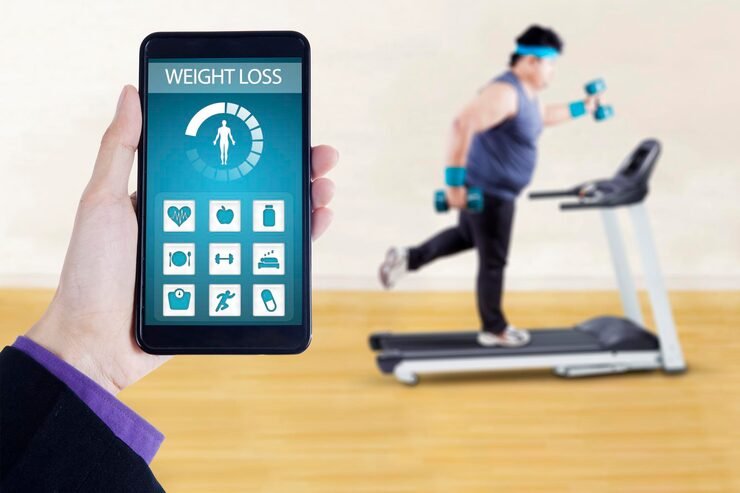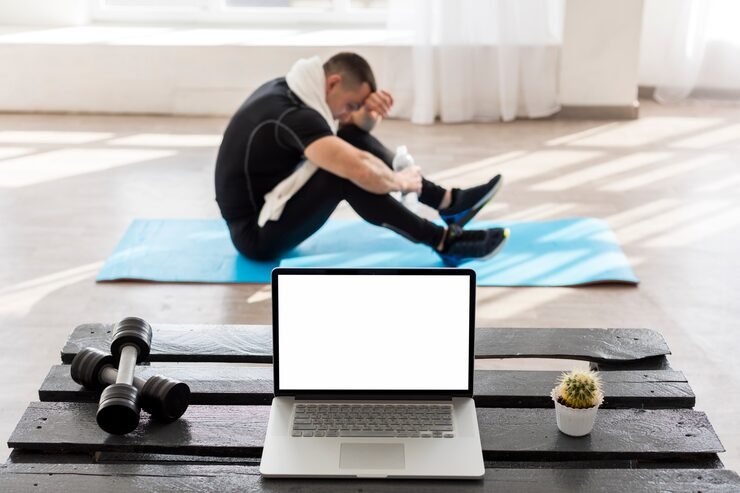
Ever wonder why you spend hours at the gym but still question if your workout is actually doing anything? You’re not alone. Studies show that almost 50% of people stop their workout plans in the first six months. A big reason is that they can’t tell if their hard work is paying off. Learning how to know if your workout is effective ? can keep you from falling into that trap.
I’ve been there myself. In my early days, I would sweat like crazy, push through long sessions, and still feel unsure. Was I getting stronger, or just tired? It wasn’t until I learned to read the signs—like better sleep, steady energy, and muscles that felt worked but not wrecked—that I finally understood progress. I’ve seen the same with my clients too. Once they recognize those clues, their confidence and motivation soar.
This guide will help you do the same. We’ll look at the signs that prove your workout is working, the mistakes to avoid, and how to make small changes for big results. By the end, you’ll feel sure about your progress and excited to keep going.
Clear Signs Your Workout Is Working
1. Physical Changes You Can See or Feel
Your body may start to change in subtle ways. Maybe your jeans feel looser, your arms look more toned, or your posture feels stronger. These aren’t overnight transformations—they build slowly over weeks and months of consistent physical activity with proper form during exercise sessions.
Look for:
- Better muscle definition
- Improved posture and core strength
- A gradual drop in body fat (or increase in muscle fibers)
Tip: Don’t rely only on the scale. That does not give the complete picture, especially if you are building muscle but losing fat. Using a measuring tape, calipers or progress photos and this should be done every 4 weeks.
2. Strength Gains and Better Endurance
If you can now lift heavier free weights, perform more reps, or run longer without getting winded, your strength training and resistance training are paying off.
Ask yourself:
- Am I targeting the right muscle groups with good form?
- Can I do more reps or sets than before while keeping a full range of motion?
- Is my cardiovascular system adapting—meaning my heart rate recovers faster after workouts?
These small milestones prove your exercise routine is working. And honestly, they’re addictive in the best way—you’ll want to keep breaking your own records.
3. More Energy and Better Mood
A great workout doesn’t just work your major muscles—it changes how you feel. Exercise improves mental health by releasing endorphins, which boost mood and lower stress. Over time, you might notice:
- Higher energy levels during the day
- Less stress and anxiety
- Better sleep
- More focus and mental clarity
For me, this was huge. My personal trainer once told me that consistency is the key to feeling good, and they were right—both physically and mentally.
How to Track and Measure Your Workout Results

Knowing how to tell if a workout is effective means tracking progress, not guessing.
1. Keep a Workout Log
Record your strength training, resistance tubing workouts, or moderate aerobic activity in a journal or fitness app. Over time, you’ll see if your loads, reps, or aerobic capacity are improving.
2. Monitor Recovery Time
In the beginning, you might feel muscle soreness for days after a workout. As your body adapts, your nervous system and muscle fibers recover faster.
3. Set SMART Goals
Avoid vague goals like get fit. Instead:
- Specific: I want to run 5K without stopping.
- Measurable: I’ll track my time and maximum heart rate.
- Achievable: I’ll increase distance by 0.5 miles each week.
- Relevant: Improving my cardiovascular system supports my wellness goals.
- Time-bound: I’ll reach my goal in 8 weeks.
4. Take Progress Photos
Monthly photos help reveal changes in posture, body composition, and muscle groups that you might not notice day-to-day.
Common Mistakes That Make Workouts Less Effective

1. Overtraining
Doing too many intense exercise sessions without rest can lead to overload injury, fatigue, and poor results. This is a mistake even experienced fitness specialists make when chasing fast progress.
Fix: Include rest days and active recovery, such as yoga, household chores, or a gentle warrior pose flow.
For instance, if you completed 4 to 5 intense exercise sessions in a row without any rest, this can cause overload injury, fatigue and poor results. Even people with years of experience can make the mistake of wanting things to move quickly.
Fix: Prioritize rest days with active recovery like yoga, a clean house and warrior pose flow.
2. Poor Technique
This is a good way to get injured and cripple proper movement mechanics or form during strength training or calf raises.
Solution: Consult a personal trainer, weight-loss coach or exercise physiologist to ensure you’re moving correctly and targeting the right major muscles.
3. Ignoring Nutrition
Your cardiovascular system and muscle groups need fuel. Skipping balanced meals after workouts can slow recovery and muscle repair.
Fix: Eat lean protein, healthy fats, and complex carbs after exercise. Stay hydrated to keep blood vessels healthy and aid recovery.
Balancing Consistency, Rest, and Nutrition
The key to long-term success is a balance of:
- Consistent physical activity
- Proper rest to allow muscle damage to heal and muscle fibers to rebuild
- Good nutrition to support body composition goals and energy levels
Think of your fitness routine like rock climbing every step is deliberate, you rest between moves, and you keep your eyes on the summit. You don’t rush to the top; you move with intention.
Final Thoughts
Find out what those are in this post, how to know if your workout is effective ? and when is sweat too little and soreness two much. It is also about progress tracking, good form to ensure you do not smash your body up and resting and eating correctly for whatever goal you have.
Strength increases, reduced fatigue, improved mood right there you know your workout is going well — if so, then it must be working! And if not, adjust. That is progress for you.
FAQ
How do I know if I’m doing a workout correctly?
You know it’s right when your body feels steady and in control. The moves feel smooth, not shaky. The right muscles work without sharp pain. Learn more now.
1.How should my body feel after a good workout?
A good workout leaves you tired but still upbeat. Your body may feel warm, with light soreness in the muscles. Pain that feels sharp is a warning sign.
2. How do you know if your workout form is good?
Good form feels natural. Your back stays tall, your core feels firm, and your joints don’t hurt. You feel muscles work but not strain. Learn more here.
3.What does a proper workout look like?
It starts with a warm-up, then main moves, then a cool-down. You use safe form, breathe steady, and stay aware of your limits. That’s a solid session.
4. Is it better to lift heavy or light weights?
Heavy weights make you strong. Light weights build stamina. The right choice depends on your goal. Both are safe if your form is correct. Learn more today.
5. What are the signs your workout is working?
Improved stamina, better mood, increased strength, and visible body changes are clear indicators. Learn more about identifying effective workouts.


